If you’re a culture explorer with an insatiable curiosity for hidden gems and lesser-known stories, then buckle up because Cuba is about to take you on an unforgettable journey. From its vibrant music scene and rich history to its unique traditions and stunning landscapes, Cuba is a treasure trove of fascinating facts waiting to be discovered. Whether you’re planning your next adventure or simply yearning to learn more about this captivating island nation, these 11 intriguing facts about Cuba will leave you enchanted and eager to explore even further.
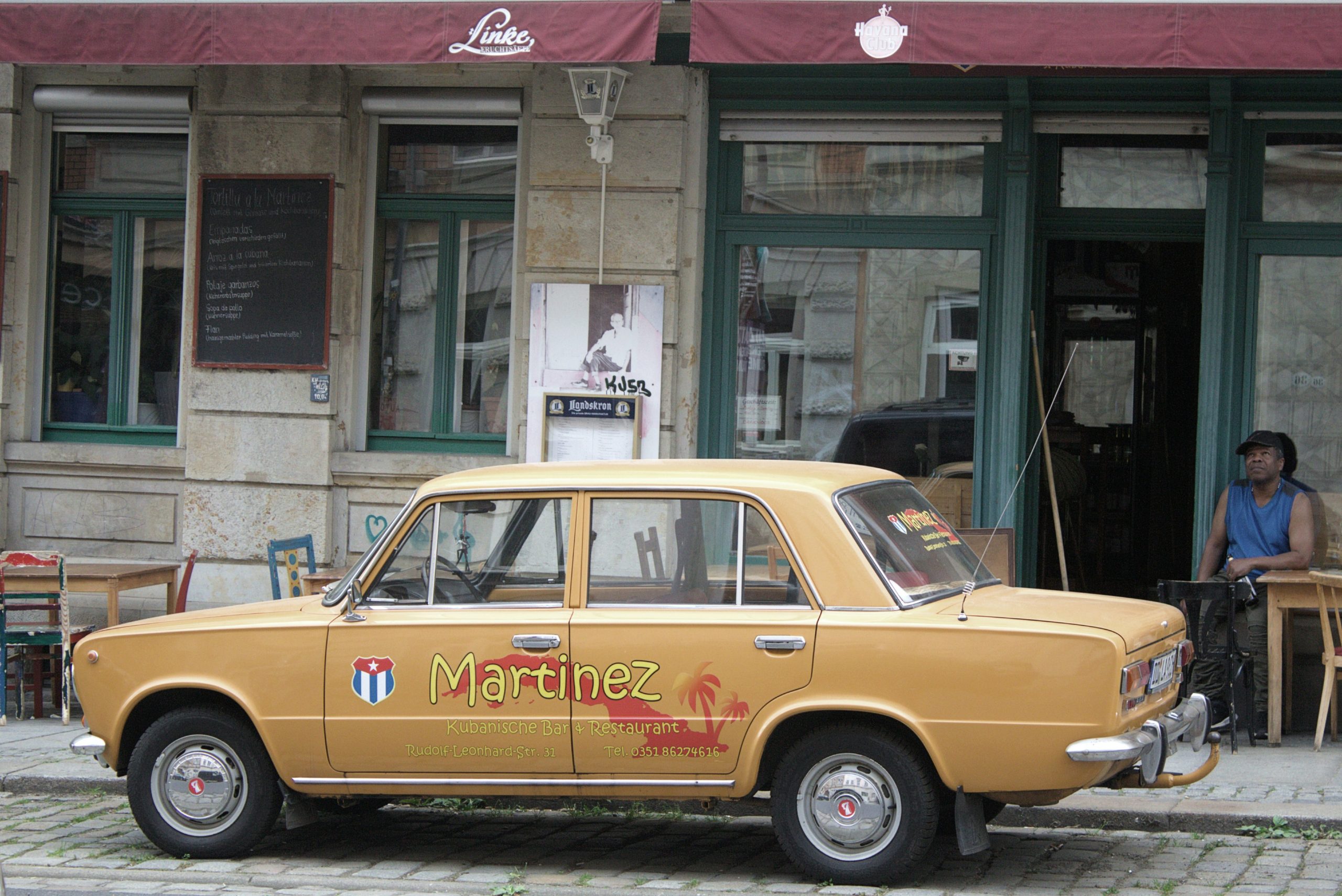
Cuba Has Nine UNESCO World Heritage Sites
Discover Cuba’s charm and history at UNESCO’s nine designated sites. Only have time to visit a few? Try Old Havana, Viñales Valley, and Trinidad. Immerse yourself in the country’s rich heritage through its architecture, history, and natural wonders. From cobblestone streets to lush green valleys, these sites offer a treasure trove of experiences for every traveler.
Old Havana, or La Habana Vieja, is a living museum of Spanish colonial architecture, characterized by vibrant plazas, narrow streets, and majestic cathedrals. Stroll through its historic center to witness the blend of old-world charm and contemporary Cuban life. Viñales Valley, another UNESCO site, is a paradise for nature lovers. Surrounded by dramatic limestone formations called mogotes and vast tobacco fields, the valley offers exceptional hiking, rock climbing, and horseback riding experiences.
Trinidad, a town frozen in time, captivates visitors with its well-preserved colonial buildings and cobblestone streets. As one of the earliest Spanish settlements in the Americas, it provides a unique glimpse into Cuba’s past. The town’s stunning backdrop of the Escambray Mountains and proximity to the pristine beaches of Playa Ancón add to its allure.
You have a chance to venture further afield? There are some natural wonders to be discovered from Zapata Peninsula to the Humboldt National Park!
Cuba’s UNESCO sites not only reflect the country’s rich cultural and historical tapestry but also showcase its stunning natural beauty. Visiting these places transports you to a different era, allowing you to experience Cuba’s diverse landscapes and vibrant traditions. Whether you’re an architecture aficionado or a nature enthusiast, Cuba’s UNESCO sites have something to offer everyone.
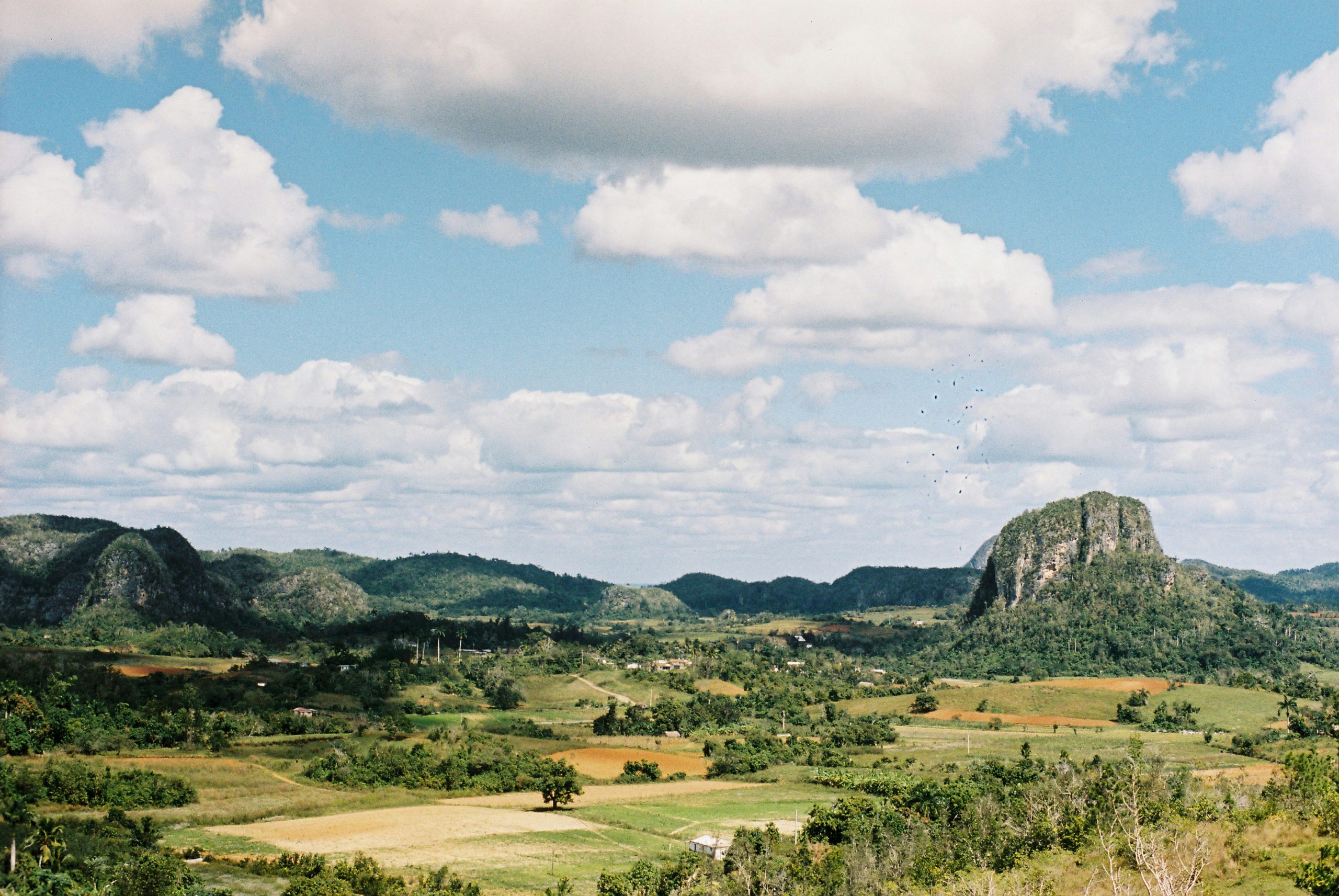
Cuba Is Home to Some of the Best Beaches in the World
With over 3,500 miles of coastline, Cuba is a beach lover’s paradise, offering an array of stunning shores for every kind of traveler. Renowned beaches such as Varadero and Playa Paraiso attract visitors with their powdery white sands, crystal-clear waters, and vibrant resort life. Others, like Cayo Coco and Cayo Guillermo are not only perfect retreats, but these pristine locales inspired literary masterpieces by Ernest Hemingway. However, for those in search of tranquility and an authentic Cuban experience, may venture to lesser-known spots like Cayo Jutias, that provide idyllic settings for both relaxation and adventure.
Whether swimming in the turquoise sea, basking under the tropical sun, or exploring serene underwater worlds through snorkeling and diving, Cuba’s beaches offer unforgettable moments. From the bustling hubs to the secluded bays, the island’s diverse coastal landscapes ensure a unique and enchanting experience for every beachgoer.
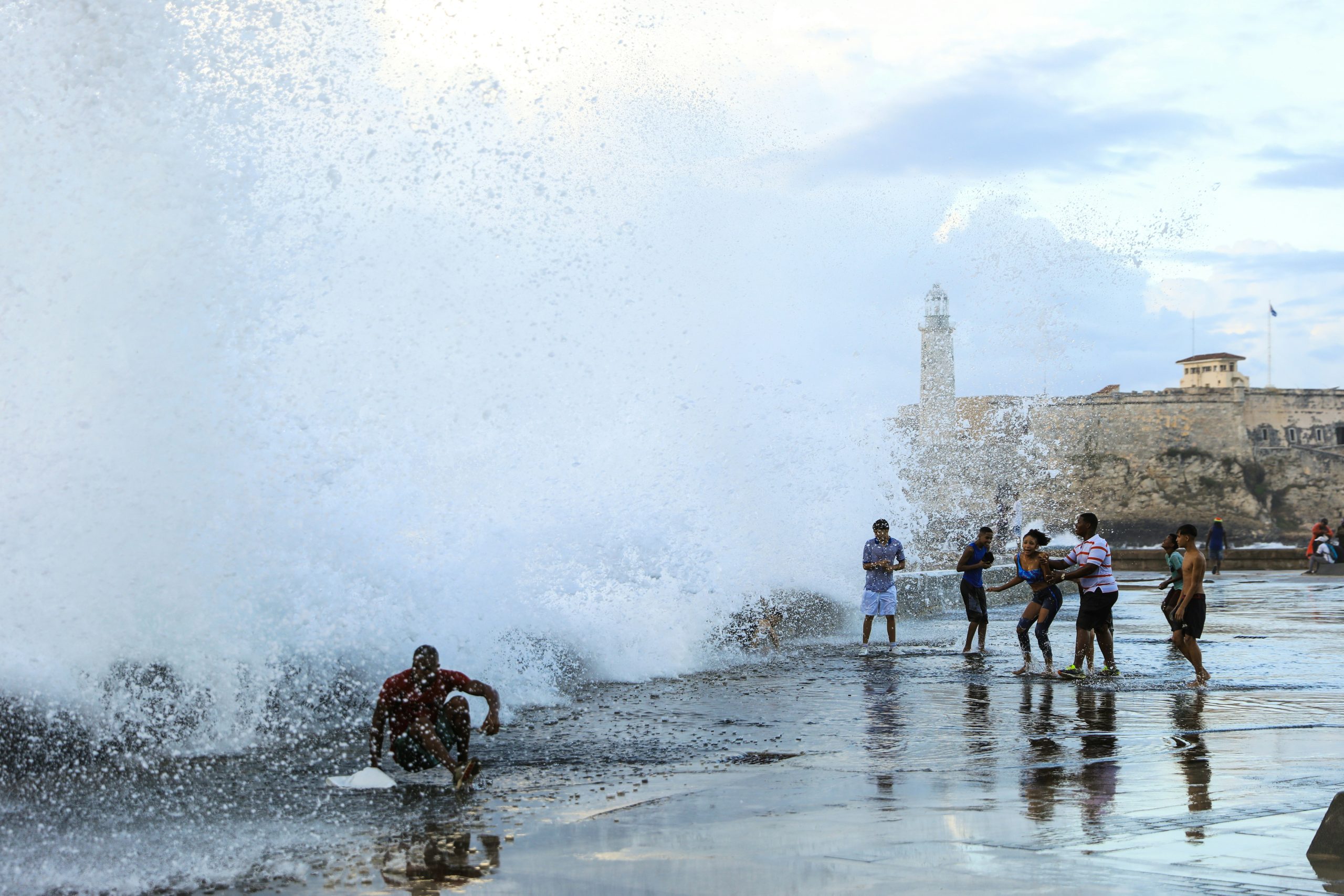
The Rhythms of Cuba: A Musical Legacy
Cuba’s music scene is a rich tapestry woven with a diverse range of genres that have captivated audiences around the globe. From the soul-stirring beats of rumba to the irresistible rhythms of salsa, Cuban music pulsates with energy and passion. One of the most influential genres to emerge from the island is son, a fusion of Spanish and African musical traditions that laid the groundwork for many contemporary styles. Mambo, with its lively brass sections and complex tempo changes, has also left an indelible mark on the world of music.
Cuban music is more than just an aural experience; it is a way of life.
In the streets of Havana, the sound of live music spills out from clubs and cafés, captivating passersby and inviting them to join impromptu dance sessions. Iconic venues such as the Tropicana Club offer spectacular shows that celebrate the island’s rich musical heritage. Meanwhile, public squares often serve as the stage for open-air concerts where both locals and tourists gather to enjoy the vibrant performances.
Renowned artists like Celia Cruz and the Buena Vista Social Club have brought international acclaim to Cuban music, synthesizing traditional elements with modern influences to create timeless compositions. As they tour the world, these artists act as cultural ambassadors, sharing the infectious rhythms and joyful spirit of Cuba with global audiences. Whether you’re exploring the historic streets of Santiago de Cuba or soaking up the coastal breeze in Trinidad, the island’s music is sure to strike a chord, offering a melodious soundtrack to your Cuban adventure.
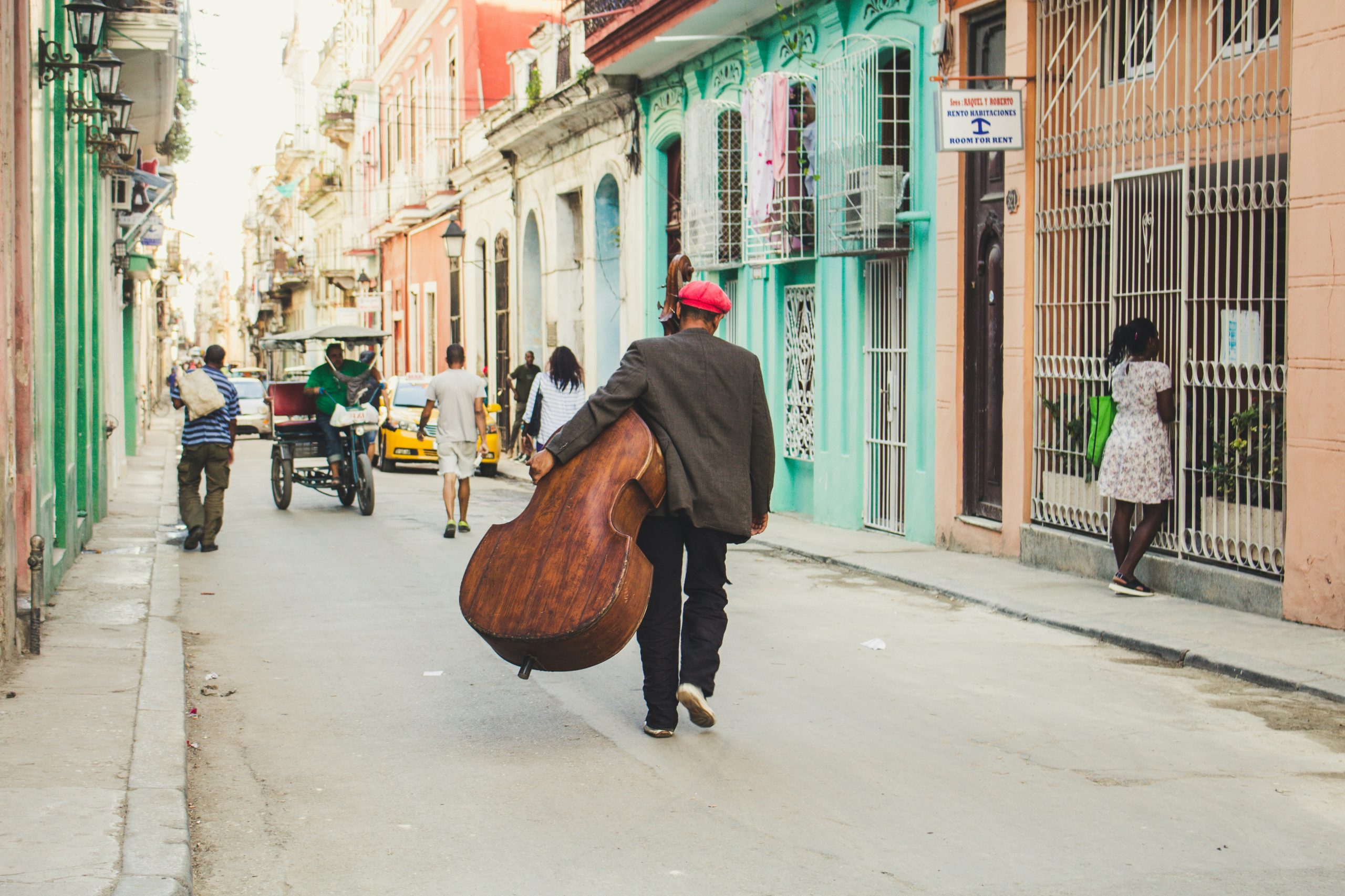
Dominoes Are the National Pastime
In the vibrant tapestry of Cuban life, few activities encapsulate the essence of community spirit and cultural identity as thoroughly as the game of dominoes. Ubiquitously present across the island, this cherished pastime transcends mere entertainment, serving as a testament to the warmth, resilience, and camaraderie that define the Cuban people.
From bustling urban streets to tranquil rural villages, the sight of domino tables set up in parks, porches, and cafés is strikingly common. The rhythmic clatter of tiles and the animated discussions it incites are unmistakable sounds, signaling the presence of an intensely social and culturally significant activity. In Cuba, you are as likely to see a spirited game of dominoes unfolding on a city corner as you are to hear the strains of son music wafting through the air.
Dominoes in Cuba is far more than a game; it’s a true social ritual. Families, friends, and even complete strangers gather around the table, united by a shared spirit of competition and camaraderie. The game’s simplicity belies its strategic depth, allowing players of all ages and skill levels to participate. While the basic objective is to be the first to rid oneself of all tiles, the game is enriched by various strategies and an acute awareness of one’s opponents’ moves. This dynamic has made dominoes an enduring fixture in Cuban social life, fostering bonds across generations.
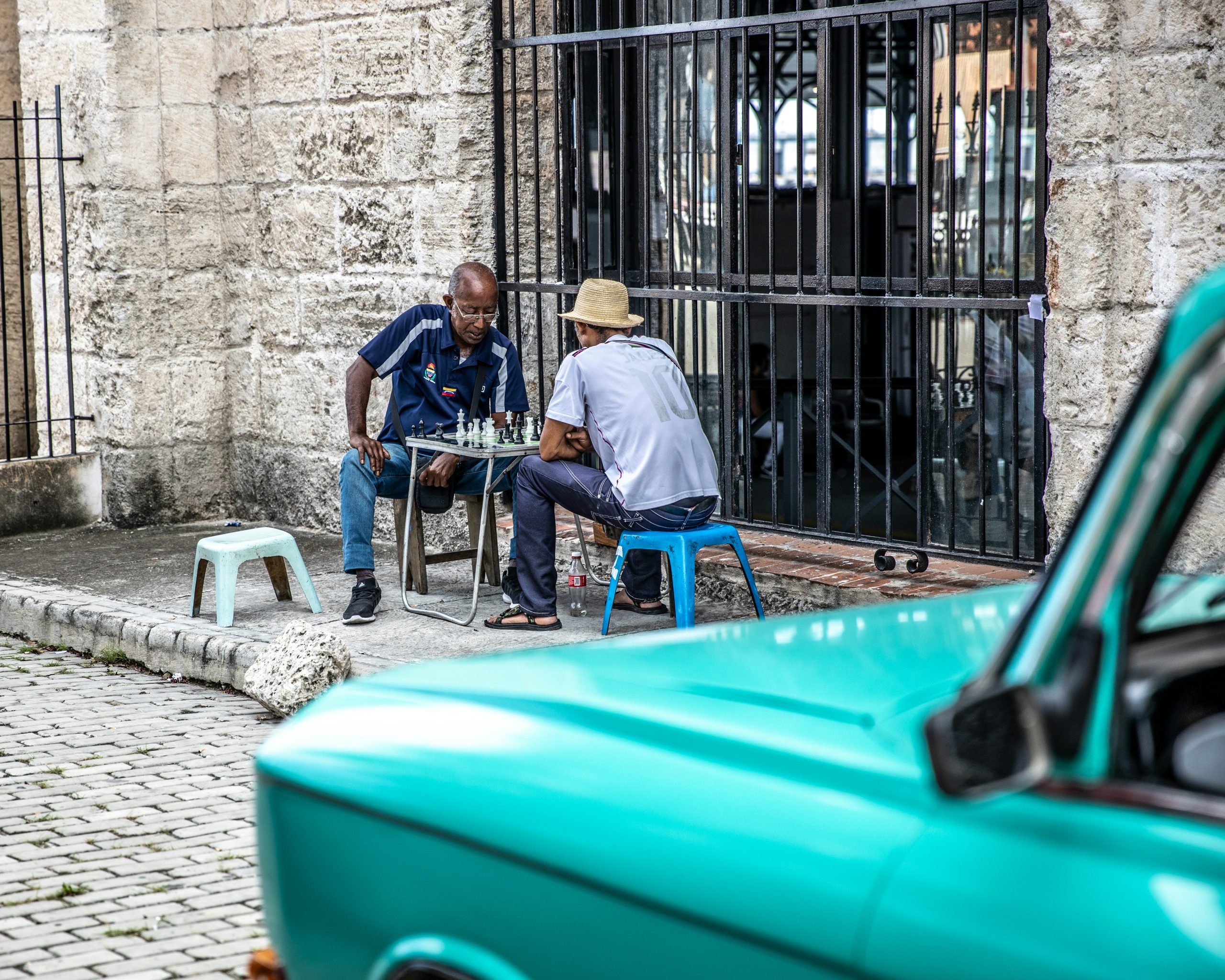
Cuba Is the Origin of Many Popular Cocktails
Cuban cocktails are more than just delightful beverages; they are an expression of the island’s rich cultural heritage and its spirited, lively essence. Among the most iconic are the Mojito, Daiquiri, and Cuba Libre, each with its unique history and flavor profile.
The Mojito is perhaps the most celebrated Cuban cocktail, renowned for its refreshing qualities. It combines white rum, lime juice, sugar, soda water, and fresh mint leaves. This drink became famously associated with Ernest Hemingway, who often enjoyed it at La Bodeguita del Medio in Havana. The mint’s aromatic fragrance and the tanginess of the lime perfectly complement the smooth rum, making it an ideal beverage for a sunny tropical setting.
Another beloved drink is the Daiquiri, celebrated for its simplicity and balance. Made from rum, fresh lime juice, and sugar, it’s a cocktail that has found international fame. One of the most revered places to enjoy a Daiquiri is El Floridita in Havana, which claims to have perfected the blend and is another favorite haunt of Hemingway.
Lastly, the Cuba Libre is a straightforward yet delicious cocktail that pairs rum with cola and a squeeze of lime. It originated in Havana in the early 1900s and continues to be a symbol of the island’s resilience and creativity.
These signature Cuban cocktails not only offer a taste of the island’s ingenuity but also a glimpse into its vibrant social life and enduring traditions.

Hitchhiking is a form of transport
Hitchhiking is a common and safe way for locals in Cuba to get around due to limited transportation options. You’ll often see people standing by the road with their thumbs out – more often also with money in hand, waiting for a ride. It may seem unusual to travelers, but it’s a practical solution for Cubans.
In fact, known locally as “hacer botella,” is a prevalent and accepted mode of transportation among Cubans. The government has formalized this informal practice to some extent by employing “amarillos,” government-stationed hitchhiking facilitators dressed in yellow who help organize and oversee the process. They ensure that drivers picking up hitchhikers are not overcharging and that the waiting lines are managed fairly.
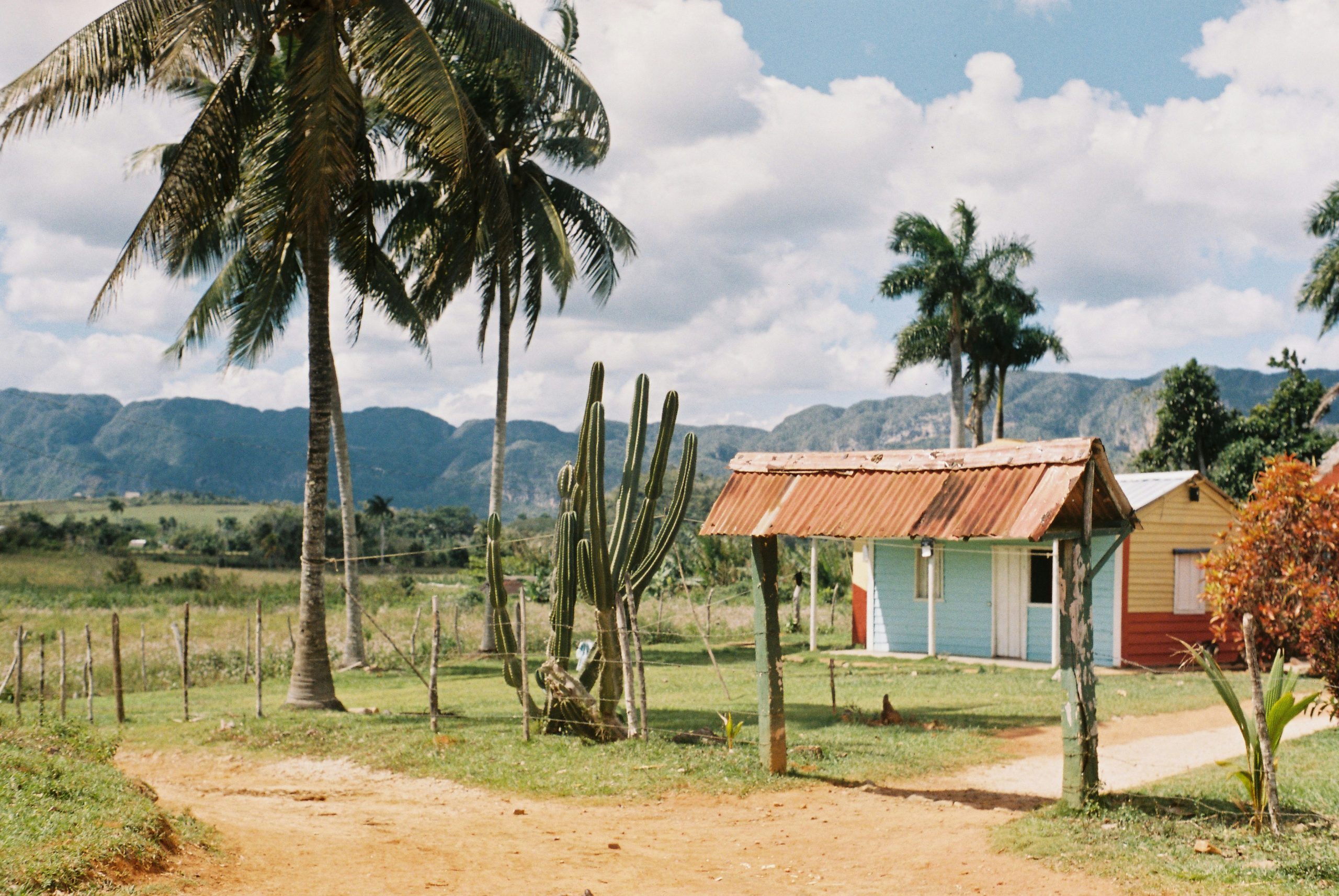
Hemingway spent third of his Life in Cuba
Ernest Hemingway first visited Cuba in 1928, and he quickly fell in love with the island’s rich culture, warm climate, and vibrant communities. This connection deepened when he purchased Finca Vigía, a home in the small fishing village of Cojímar, in 1940. Hemingway found solace in the tranquil surroundings, which provided a perfect backdrop for his writing. It was here that he penned some of his most acclaimed works, including “The Old Man and the Sea,” inspired by the local fishing scenes and the stories of Cuban fishermen. His home, Finca Vigía, has been preserved as a museum, offering a glimpse into the author’s life, complete with his personal belongings, manuscripts, and even his beloved boat, Pilar.
Hemingway’s influence in Cuba extended beyond his literary achievements; he became a beloved figure within the community. He frequented local haunts like La Bodeguita del Medio and El Floridita in Havana, where he enjoyed Mojitos and Daiquiris, respectively. These establishments remain popular spots today, drawing fans of Hemingway eager to trace his steps. His deep connection to the people and landscape of Cuba left an indelible mark, making him an enduring symbol of the bond between the author and the island.
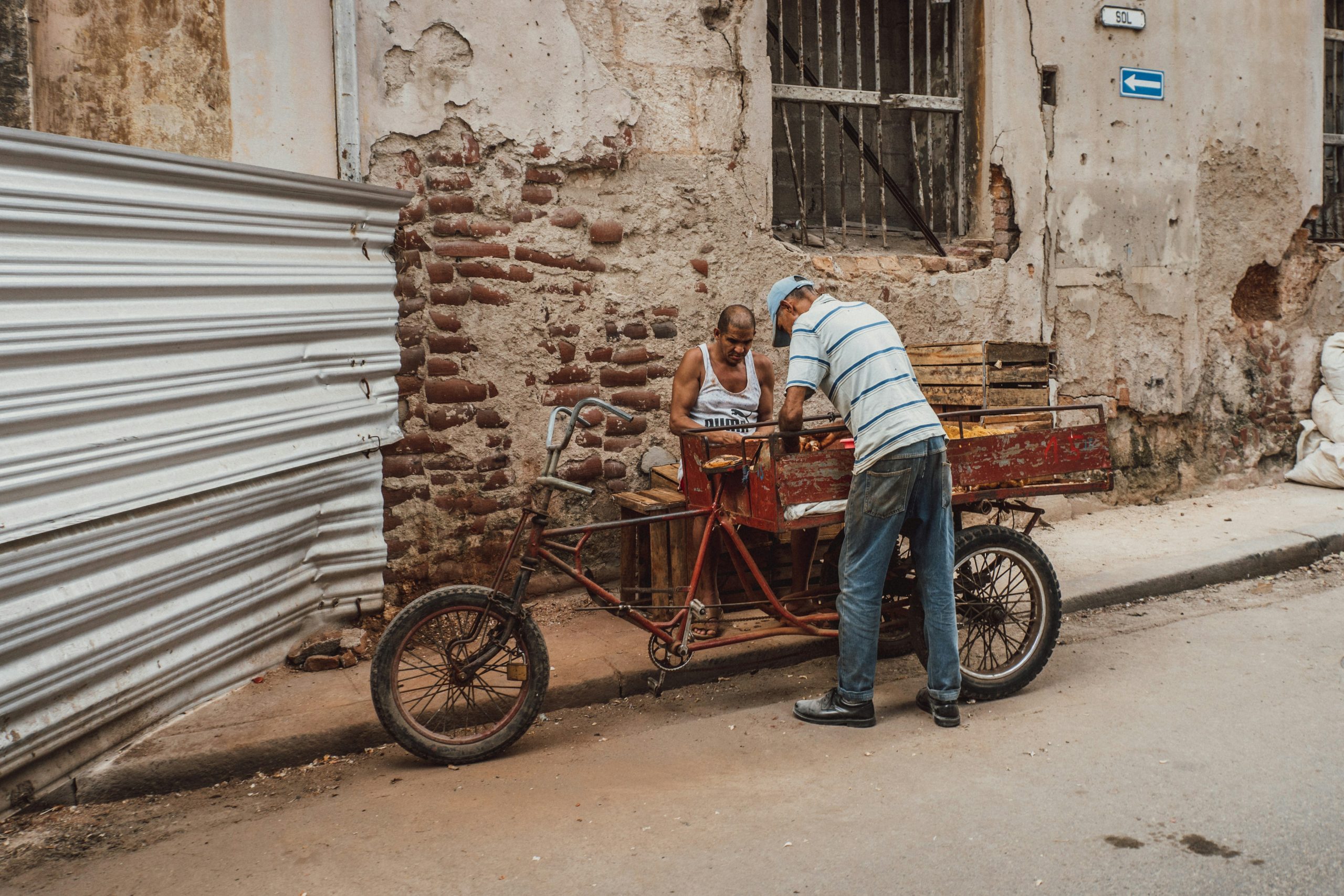
The US-Cuba Trade Embargo – longest in history
The US-Cuba trade embargo, initiated in 1960, is the longest-standing embargo in modern history. Implemented following Fidel Castro’s rise to power and the nationalization of US-owned properties in Cuba, it aims to isolate the island economically and politically. Over the decades, the embargo has faced criticism for its impact on Cuban citizens and calls for reform or lifting have grown. Despite its contentious nature, the embargo remains a significant element of US-Cuban relations, influencing politics, economy, and diplomacy between the two nations.
The Cuban Assets Control Regulations of July 8, 1963, imposes a trade embargo on the country. It’s the longest trade embargo on a country in modern history. This regulation falls under the Trading With the Enemy Act, administered by the Office of Foreign Assets Control (OFAC).
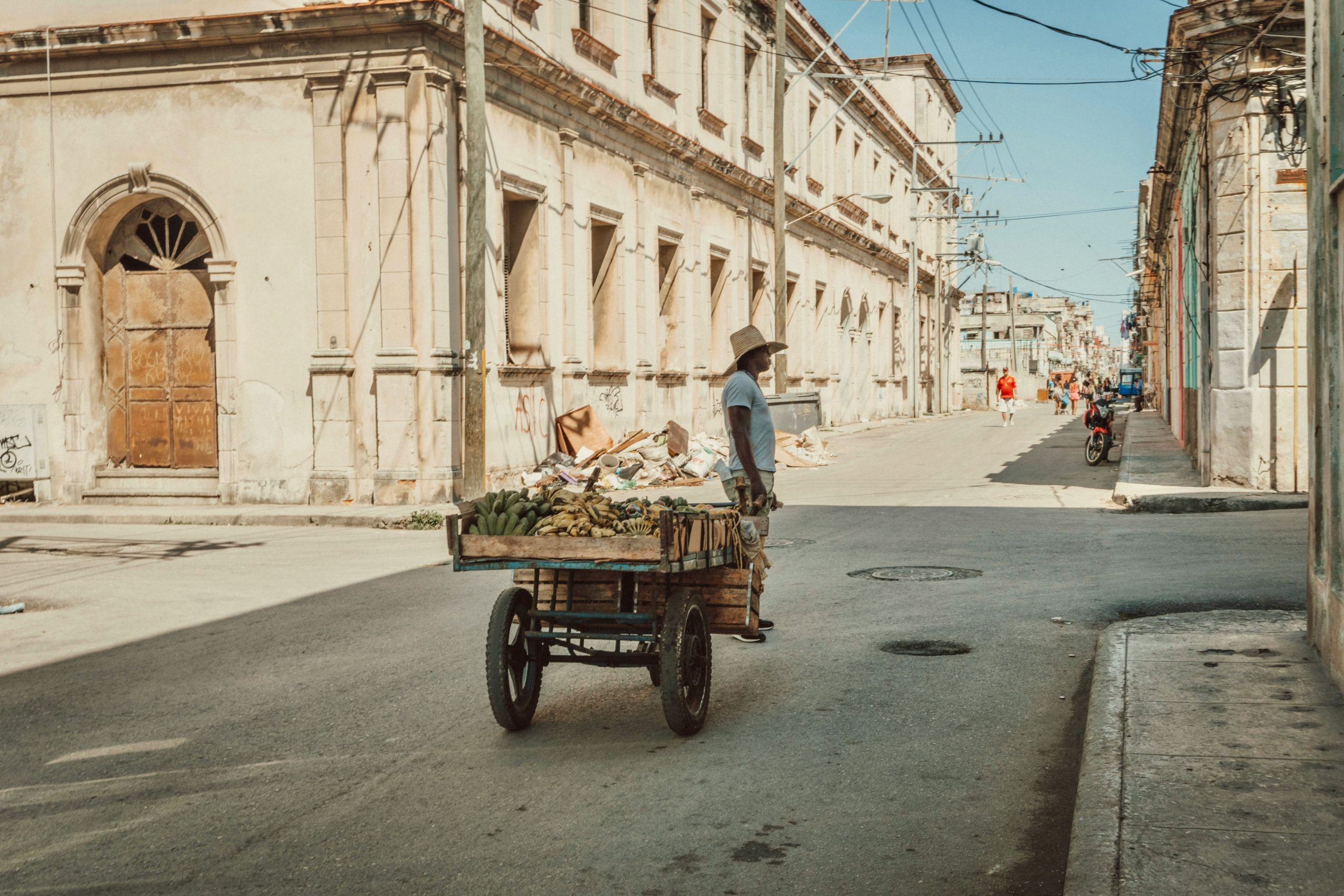
US Rents Guantanamo Bay
Guantanamo Bay, located on the southeastern coast of Cuba, has a complex and multifaceted history. Initially leased to the United States in 1903 as part of the Cuban-American Treaty, the bay port was intended to serve as a coaling station and naval base. Over the years, its role expanded due to its strategic importance, especially during World War II and the Cold War. Following the 1959 Cuban Revolution, relations between the US and Cuba soured, but the base remained under American control. In recent decades, Guantanamo Bay has gained international attention as the site of a detention camp established in 2002 during the War on Terror. This facility has been the subject of controversy and human rights debates due to the indefinite detention of prisoners and alleged use of torture. Despite calls for its closure, Guantanamo Bay remains a potent symbol of geopolitical tension.
The lease agreement between the two countries allows the United States to use the land and waters for coaling and naval stations. The rent for the land was initially set at $2,000 per year, but in 1934, the lease was amended to increase the rent to $4,085 per year.
However, Cuba has not cashed the checks since the revolution in 1959, and the Cuban government argues that the US presence in Guantanamo Bay is illegal and should end.
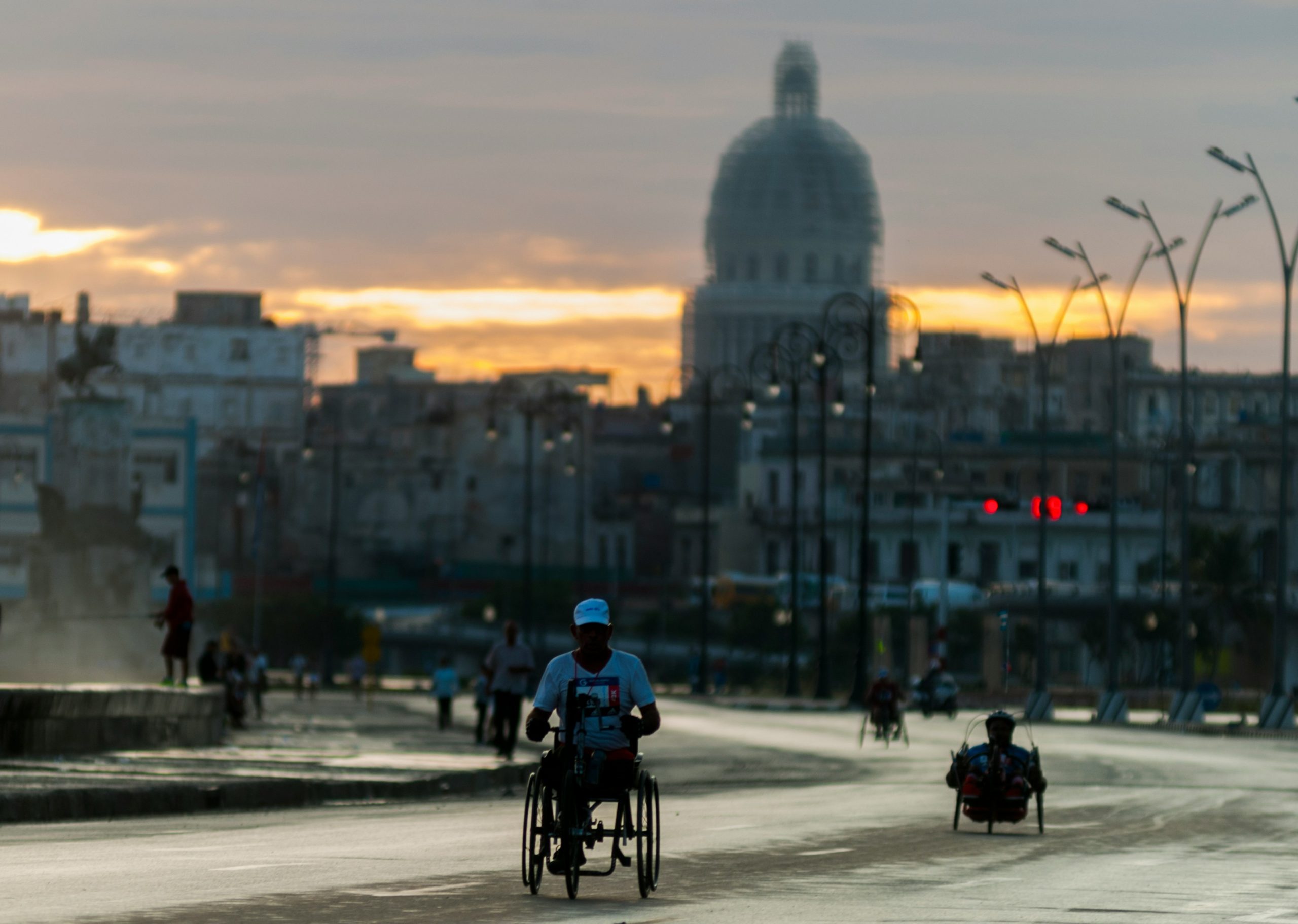
There Are No Statues of Fidel Castro
One interesting fact about Cuba is that there are no statues of Fidel Castro in the country. Public spaces, schools, and government buildings won’t bear his name either.
Despite being a major figure in Cuban history and politics, the former leader is not memorialized like other revolutionary leaders, such as Che Guevara.
That’s because Fidel Castro specifically asked not to build monuments, busts, statues, or other similar forms of tributes in his memory.
Even his gravestone is a simple rock with – FIDEL written on it.
Cuba Is a Relatively Safe Country
Cuba is one of the safest countries in Latin America, according to WiseVoter, which takes factors in data from the Global Peace Index, Societal Safety and Security Score, and the Global Crime Index.
This is not to say travelers shouldn’t exercise caution when on the island. Minor crimes such as pickpockets and currency scams are not uncommon.

uba is an island brimming with surprises and rich history. From its UNESCO World Heritage sites and stunning beaches to its vibrant music scene and iconic cocktails, there’s so much more to this Caribbean gem than meets the eye. It’s a safe place with a unique culture where even the simple game of dominos holds a special place. And let’s not forget, it’s the land that inspired Hemingway’s timeless stories and has withstood the longest trade embargo in modern history.
Now that you know these fascinating facts, why not experience them for yourself? Plan your next vacation to Cuba today and uncover its hidden treasures firsthand.


